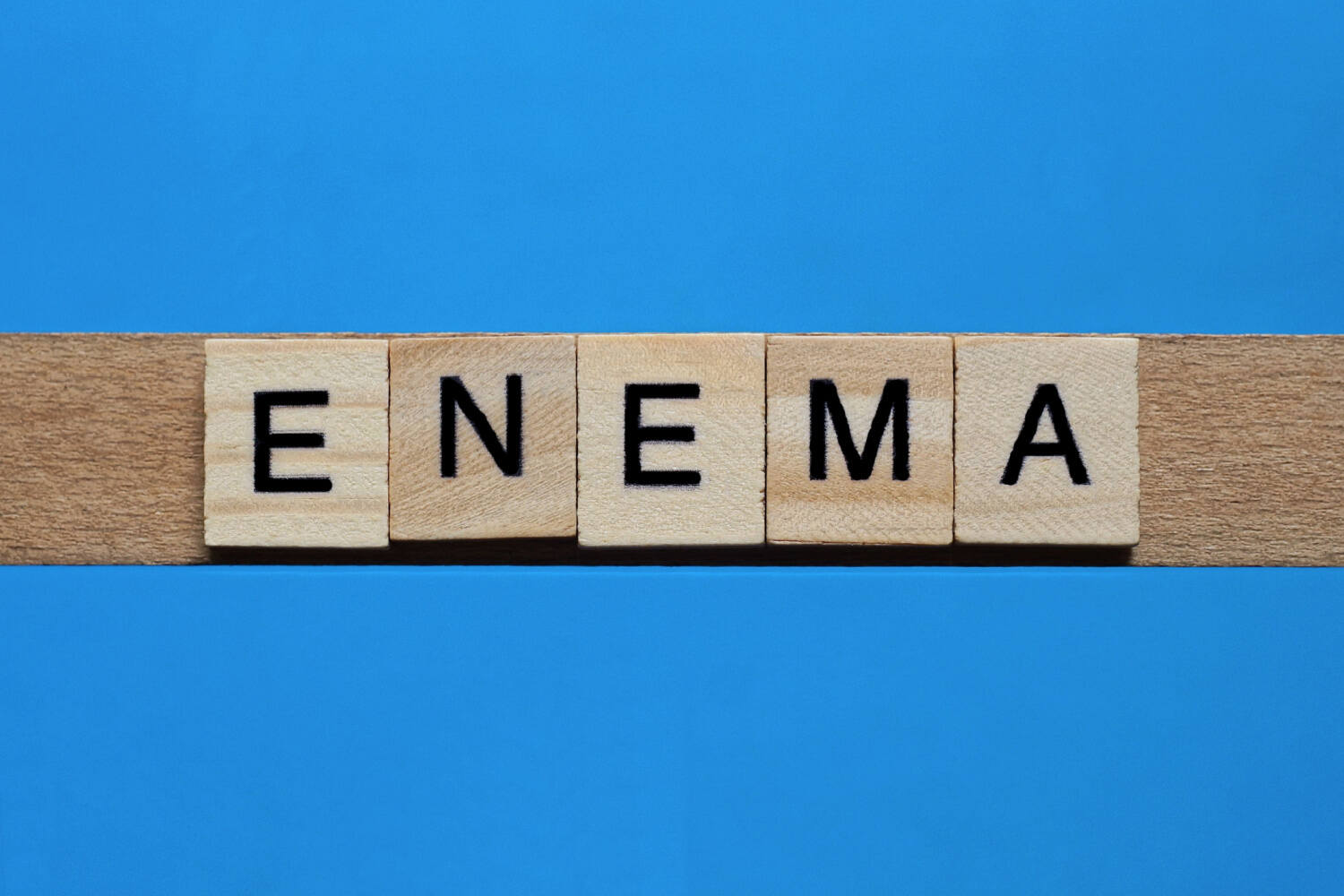
Both adults as well as kids struggle with constipation. In such cases, adding more fiber to the diet minimizes and even heals the problem. Moreover, laxatives can also be taken as a measure. However, all these efforts fail if the stool is too hard to pass. In such instances, administering an enema to a child fixes the issue. Now, this poses a valid question- is enema safe for children?
If you’re thinking of doing an enema on your child, you must be very cautious because doing it incorrectly may cause infection and tearing of anal tissues. Further, too often relying on an enema for cleansing the bowels will prevent their body from developing its own mechanisms for healthy bowel movements. And if your child cannot hold the enema solution inside, you can follow certain things which are mentioned in this article. Read on to find out more about enema for children.
In This Article
- Is Enema Safe For Your Child?
- How Does an Enema Work?
- What Are The Different Types of Enemas?
- How to Give Enema to Children?
- Precautions to Take While Giving Enema
- Are There Any Side Effects of Enema?
- FAQ’s
Is Enema Safe For Your Child?
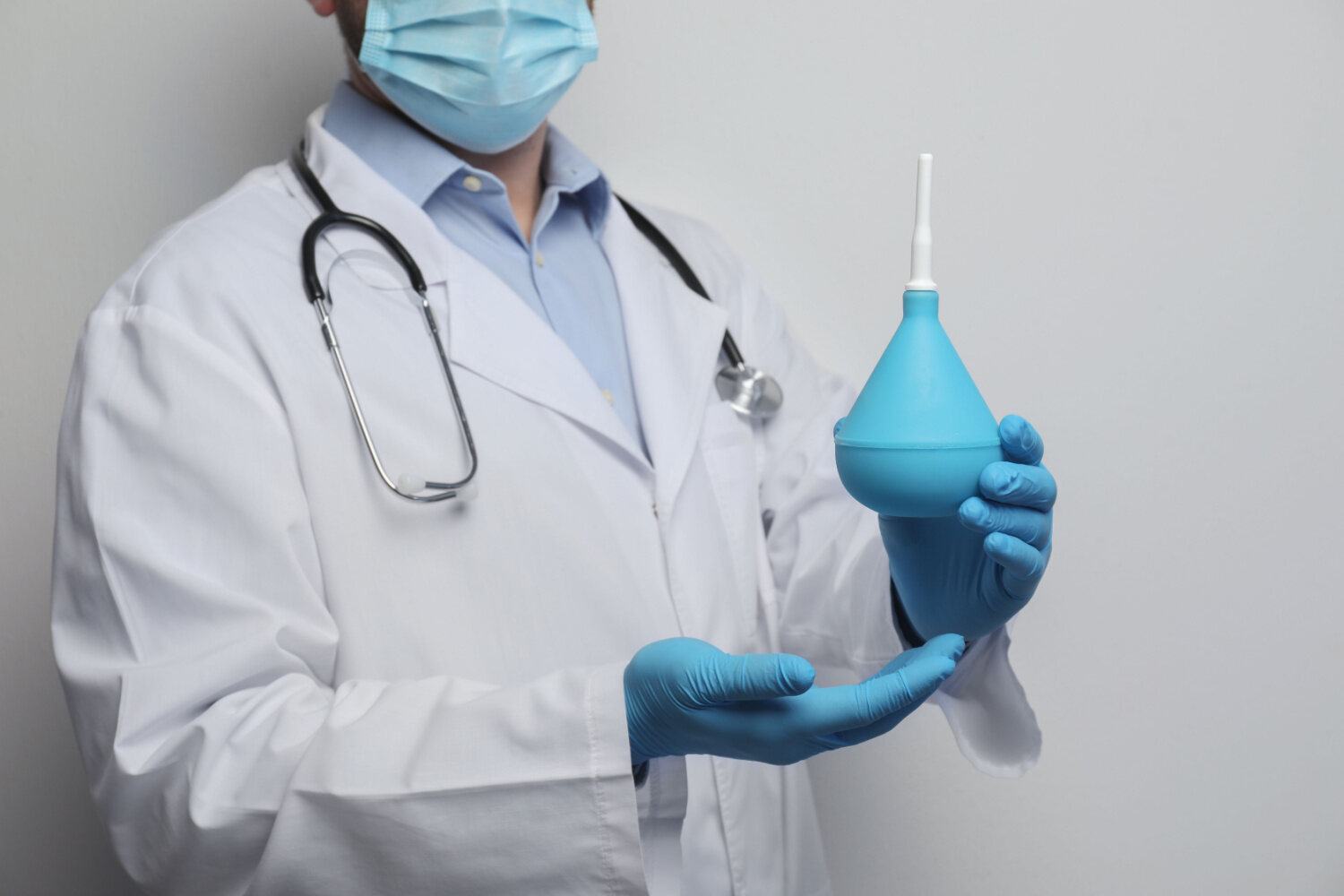
You are not able to define the procedure of letting water enter your child’s colon in a reverse way as safe. However, the doctors themselves opt for an enema as a safe last resort to facilitate bowel movement. If your child is 2 years old or above, and is not responding to any other remedy for constipation, an enema can be reliable. A doctor can demonstrate how to administer an enema to your little one and provide you with the instructions to do it independently.
How Does an Enema Work?
Flushing fluids into the colon via the rectum softens the hard stools and an easy-to-pass mush is formed (1a). Additionally, the fluids take up the space inside the colon, creating pressure and stimulating the bowels to release the waste. And when it exits out of the anus, no pain is felt during this harmless process.
What Are The Different Types of Enemas?
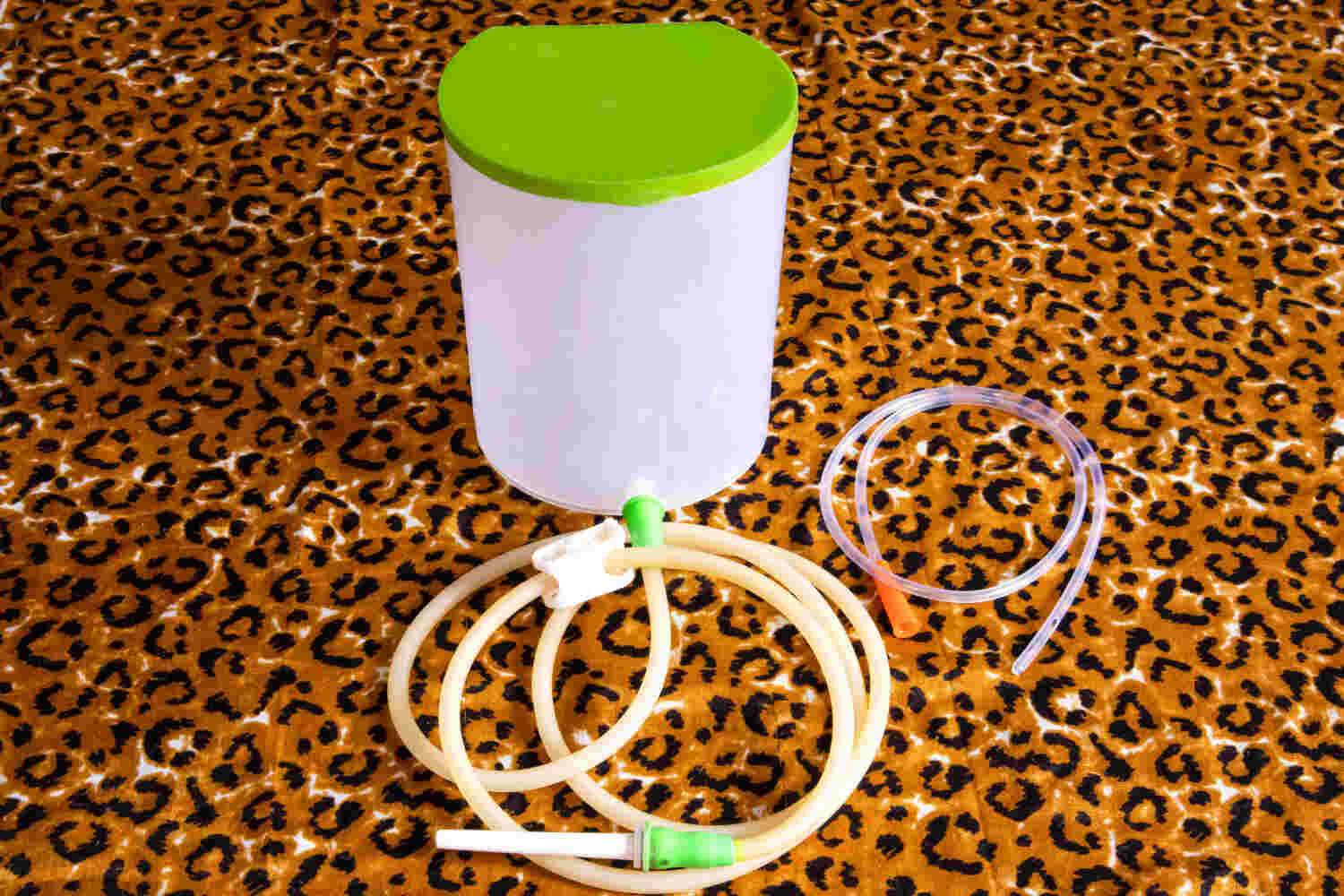
Here are the different types of enemas administered to children-
Sodium Phosphate Enema
Its use is prevalent, offering quick results with easy instructions to follow. Sodium phosphate enema is the aftermath of a blend of salt and water (saline). These types of medications are categorized as saline laxatives (2). The presence of this solution inside the colon draws water, softening the stools and making them easily passable (3).
Mineral Oil Enemas
The distinctive properties of mineral oil makes it a good lubricant for the colon. It fuses with the stool and the discomfort associated with constipation gets minimized.
How to Give Enema to Children?
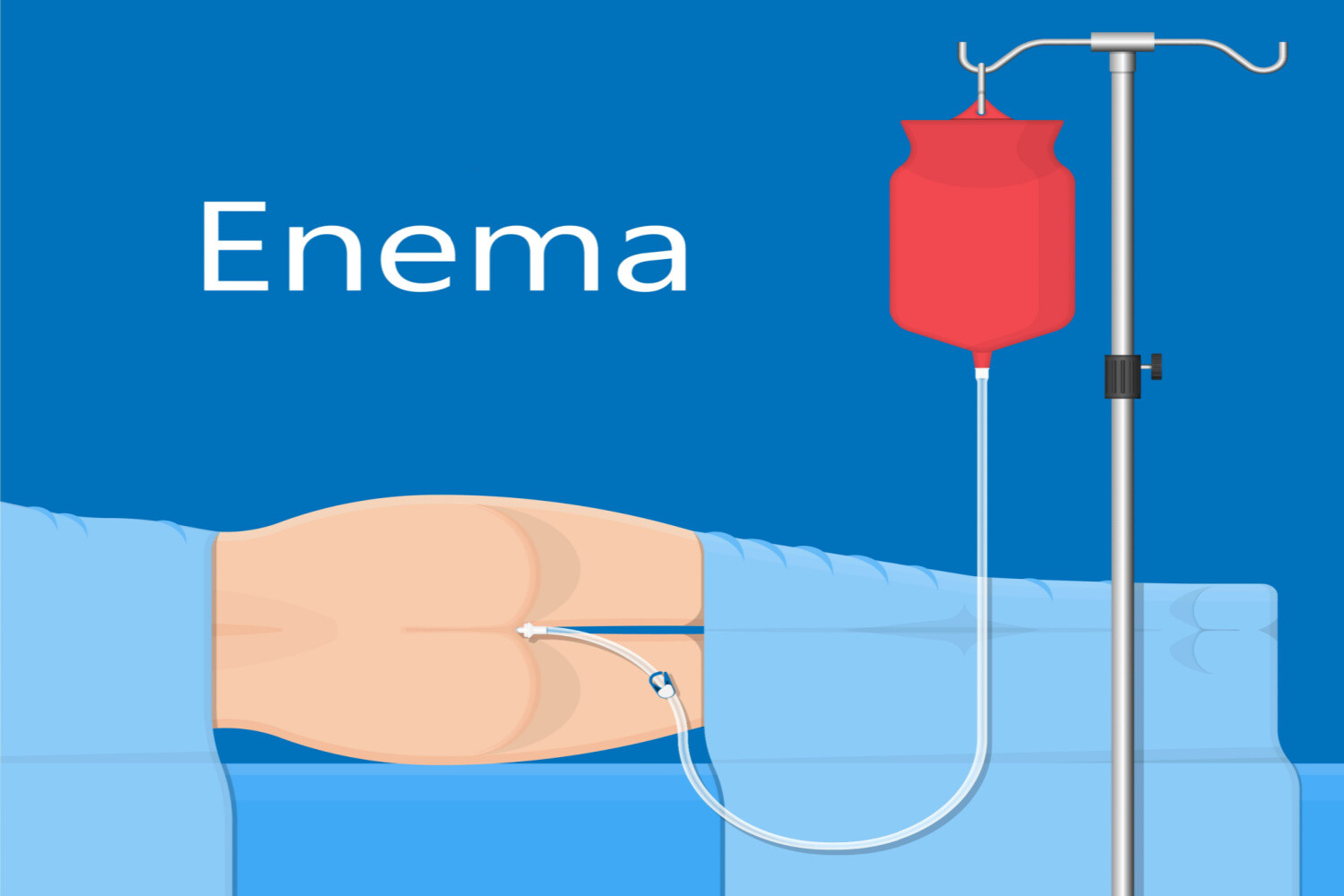
Once you have observed a doctor perform an enema on your child, you can proceed and do it at home. Listed below are the material required and step-by-step procedure-
Things You Will Need-
Mineral oil
Enema bottle
Lukewarm water
A small lubricant
Enema tube with a soft tip
Non powdered gloves
Steps to Perform Enema-
- Open the bottle of enema and attach the tube to its opening. Put some lukewarm water and mineral oil in it. On the opening of the tube now, connect the insertion tip. You’ve completed the first step of the procedure.
- Make sure your little one is lying down, facing the left side. Move their right leg close to their chest, it’ll open up the anus.
- Wear your gloves and then only lubricate the insertion tip connected to the tube.
- With gentleness, insert the tip into your child’s anus. They may express some distress through crying and moving. Calm them down and ensure that the tip stays inside.
- Slightly press the enema bottle, putting the solution into your child. It will give the fluid solution entry to the colon.
- After letting the liquid into your child (how much to put in, the doctor will advise you), pull out the tip and wait for about 20 minutes. Meanwhile, the hard stools within their bowels are softening. There’s a possibility of your child pooping the fluids out before they even get a chance to work. It can happen if they’re young and it’s not a big issue. Simply press both sides of their butt together and it will retain the fluids.
- After 20 minutes have passed, your child can go to the toilet.
Some Additional Tips
It might not be possible for a young child to hold their urge to poop once the liquid is inside their colon. Ask your child to take regular deep breaths. This will soothe and delay the pressure to go to the toilet immediately.
Precautions to Take While Giving Enema
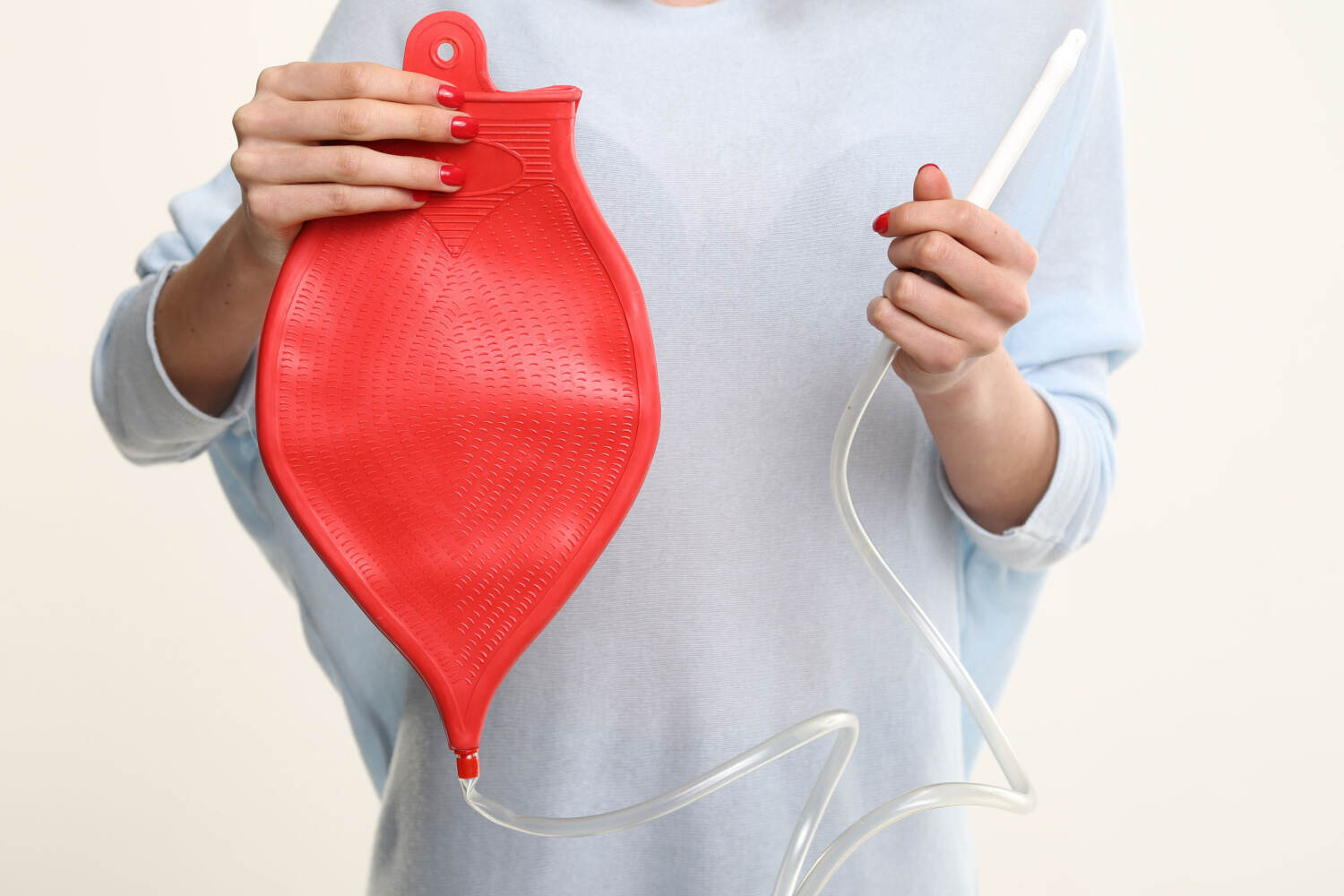
Before you administer an enema to your child, ensure that you read the following precautions carefully-
- Be generous in lubricating the insertion tip with the lubricant. As you push the tip inside the kid’s anus, do not try to thrust or force it. Such carelessness can damage their anal tissues. Soothe your little one and calm them down as you hold the tip against their anus with applying minimal pressure. It’ll be a far easier task to insert the tip when your child is feeling relaxed.
- Those who are younger than 2 years of age shouldn’t be administered an enema. But in exceptional cases where the situation is such that doing an enema has become necessary, a doctor may advise to do so.
- If you administer enema to your child repeatedly as a remedy for constipation, they will get habituated to it (1b).
- And it is not healthy for them. No matter how lubricated the insertion tip is, doing the enema over and over can tear apart as well as irritate the anal tissues. Other than this, their body will start constantly relying on an enema to clean the bowels, and won’t develop any of its own process.
- If your child begins to puke, doesn’t poop or urinate, or shows symptoms of nausea, accompanied by pain, promptly take them to the doctor.
You should do an enema on your child only when your doctor suggests so, after concluding that all other non-invasive alternatives to relieve their bowels aren’t possible. Performing a few enemas on your child will reverse the condition of their bowels to well-being and they’ll again be pooping without its assistance.
Are There Any Side Effects of Enema?
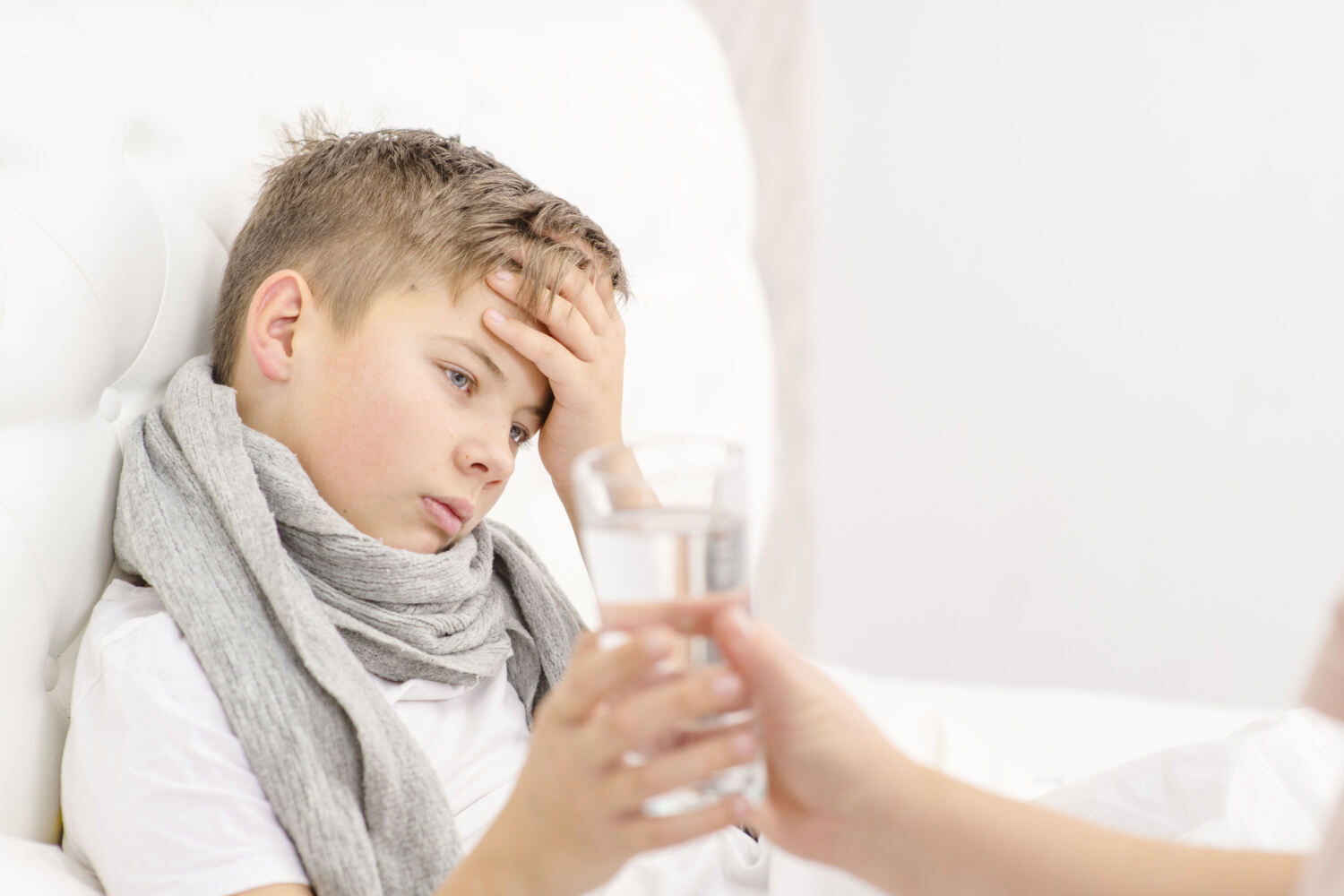
If done carefully, enemas should be safe, but if done incorrectly, some side effects can emerge, like-
Electrolyte Imbalance
The water enters the colon and pulls out more water from its walls, leading to dehydration and electrolyte imbalances (4).
Imbalances in Gut Bacteria
Good bacteria are also present in the colon. Doing a lot of enemas flushes them out, and causes digestive problems.
Infection
Sterilize the enema equipment before you use it or it may give rise to infections in your child.
An enema is completely safe for children older than 2 years of age. The enema solution blends with the hard stools and softens them, making their exit painless and rapid. It is crucial to note that you must only do an enema on your child after you’ve seen your doctor do it. Additionally, an enema, if overdone, leads to many problems such as electrolyte imbalances, infections, and so forth. So, better to first let the body do its own stuff and only use enema when everything else fails.
FAQ’s
1. What Age is Appropriate For Enema?
If your little one is older than 2 years, it is alright to administer an enema to them.
2. How do I Know if my Child Needs an Enema?
It is better to ask for your doctor’s guidance rather than making an independent decision. A healthcare provider can tell you when an enema is to be performed, so that no complications are caused.
3. Which is Better Enema or Suppository?
If the suppositories are not working to reverse constipation, an enema is prescribed as a last resort.
References
- Fecal Impaction: A Cause for Concern? – [https://www.ncbi.nlm.nih.gov/pmc/articles/PMC3348734]
- Medical Treatment of Constipation – [https://www.ncbi.nlm.nih.gov/pmc/articles/PMC2780140]
- Low-salt bowel cleansing preparation (LoSo Prep) as preparation for colonoscopy: a pilot study – [https://onlinelibrary.wiley.com/doi/full/10.1046/j.1365-2036.2002.01295.x]
- Fatal Electrolyte Abnormalities Following Enema Administration – [https://academic.oup.com/clinchem/article/58/11/1515/5620880]

